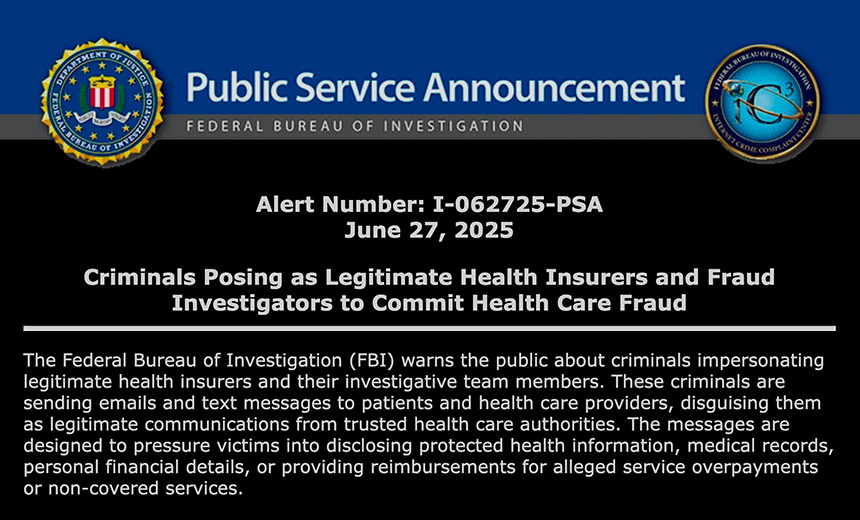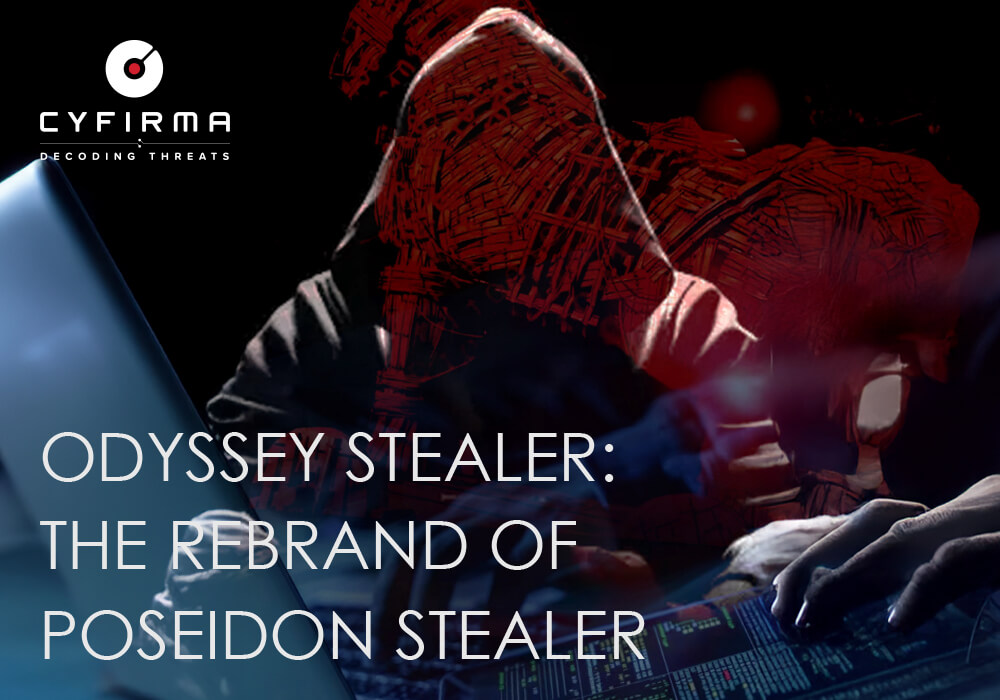Kid @ kid @sh.itjust.works Posts 2,137Comments 75Joined 1 yr. ago
Scattered Spider hackers shift focus to aviation, transportation firms
OneClik Malware Targets Energy Sector Using Microsoft ClickOnce and Golang Backdoors
CISA warns of flaws in Mitsubishi Electronics ICS hardware | SC Media
Retail giant Ahold Delhaize says data breach affects 2.2 million people
Hawaiian Airlines suffers massive IT outage, ransomware attack suspected | Cybernews
Microsoft 365 'Direct Send' abused to send phishing as internal users
Hackers abuse Microsoft ClickOnce and AWS services for stealthy attacks
Another Wave: North Korean Contagious Interview Campaign Drops 35 New Malicious npm Packages
Supply Chain Incident Imperils Glasgow Council Services and Data - Infosecurity Magazine
Androxgh0st Continues Exploitation: Operators Compromise a US University For Hosting C2 Logger | CloudSEK
Surge in MOVEit Transfer Scanning Activity Could Signal Emerging Threat Activity
Glasgow City Council impacted by ‘cyber incident’ | The Record from Recorded Future News
Cisco warns of critical flaws in Identity Services Engine rated 10.0 | SC Media












